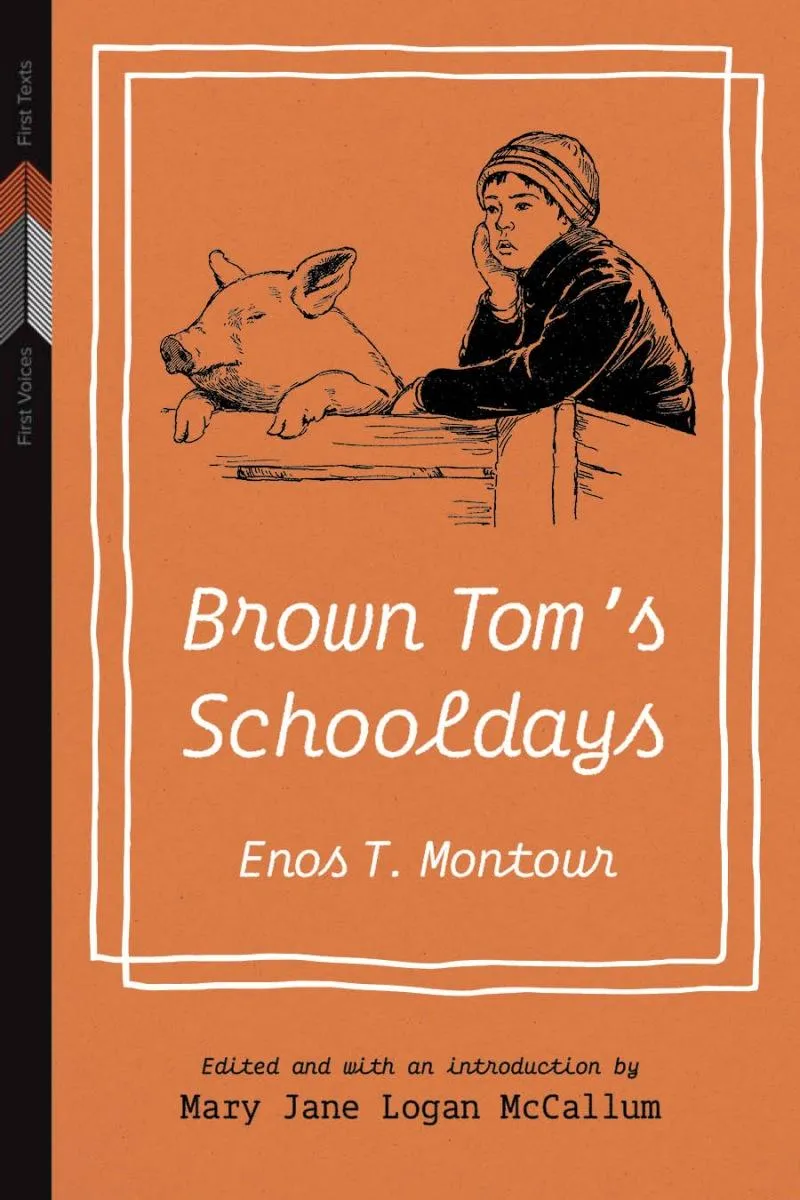Enos T. Montour (1899–1984), BA, BD, DD (honoris causa) was a Delaware writer and United Church Minister from Six Nations of the Grand River. His work includes Brown Tom’s Schooldays, The Rockhound of New Jerusalem, and The Feathered U.E.L.’s. Mary Jane Logan McCallum is Professor of History and Canada Research Chair at the University of Winnipeg. She teaches modern Indigenous history, especially First Nations health, education, labour, and social history.
Residential school life through the eyes of a child.
Enos Montour’s Brown Tom’s Schooldays, self-published in 1985, tells the story of a young boy’s life at residential school. Drawn from Montour’s first-hand experiences at Mount Elgin Indian Residential School between 1910 and 1914, the book is an ironic play on “the school novel,” namely 1857’s Tom Brown’s Schooldays by Thomas Hughes.
An accomplished literary text and uncommon chronicle of federal Indian schooling in the early twentieth century, Brown Tom’s Schooldays positions Brown Tom and his schoolmates as citizens of three worlds: the reserve, the “white man’s world,” and the school in between. It follows Tom leaving his family home, making friends, witnessing ill health and death, and enduring constant hunger.
Born at Six Nations of the Grand River in 1899, Montour earned degrees in Arts and Divinity at McGill University and served as a United Church minister for more than thirty years, honing his writing in newspapers and magazines and publishing two books of family history. Brown Tom’s Schooldays reflects Montour’s intelligence and skill as well as his love of history, parody, and literature.
This critical edition includes a foreword by the book’s original editor, Elizabeth Graham, and an afterword by Montour’s granddaughters, Mary Anderson and Margaret McKenzie. In her introduction, historian Mary Jane Logan McCallum documents Montour’s life and work, details Brown Tom’s Schooldays’s publication history, and offers further insight into the operations of Mount Elgin. Entertaining and emotionally riveting, Montour’s book opens a unique window into a key period in Canada’s residential school history. This book contains 20 Black and White illustrations , 3 Maps.















